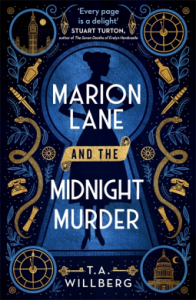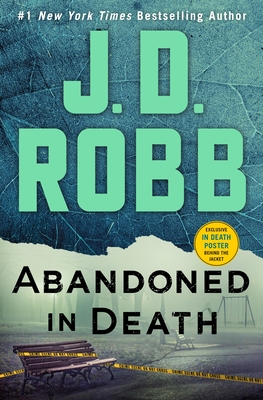 Abandoned in Death (In Death, #54) by J.D. Robb
Abandoned in Death (In Death, #54) by J.D. Robb Format: eARC
Source: supplied by publisher via Edelweiss
Formats available: hardcover, large print, paperback, ebook, audiobook
Genres: futuristic, mystery, romantic suspense, thriller
Series: In Death #54
Pages: 368
Published by St. Martin's Press on February 8, 2022
Purchasing Info: Author's Website, Publisher's Website, Amazon, Barnes & Noble, Kobo, Bookshop.org, Better World Books
Goodreads
Homicide detective Eve Dallas must untangle a twisted family history while a hostage’s life hangs in the balance—in the new In Death novel by #1 New York Times bestselling J. D. Robb.
The woman’s body was found on a bench in a New York City playground. She was clean, her hair neatly arranged, her makeup carefully applied. But other things were very wrong—like the tattoo and piercings, clearly new. The clothes, decades out of date. The fatal wound hidden beneath a ribbon around her neck. And the note: Bad Mommy, written in crayon as if by a child.
It seems clear the killer’s childhood was traumatic—a situation Eve is all too familiar with herself. Yet the clues point to a perpetrator who’d be around sixty, and there are no records of old crimes with a similar MO. What was the trigger that apparently reopened such an old wound and sent someone over the edge? When Eve learns that other young women have recently vanished, the case grows even more urgent—and to solve it she’ll need to find her way into a hidden place of dim light and concrete, into the distant past, and into the depths of a shattered mind.
My Review:
This series is a strange sort of comfort read for me, so I usually say that each entry in the series is at least a chance to visit with old friends. Sometimes it’s more, but it’s always at least that.
Abandoned in Death is one of the instances where it was also at most that. I loved seeing how Dallas, Roarke and the gang are doing, but the way this one began – and the entire case – really, seriously creeped me out.
I felt creeped enough the whole way through that I didn’t enjoy this entry in the series as much as I usually do. And I’m a bit sad about that because I was seriously looking forward to this one.
Once upon a time in Eve Dallas’ world, which is actually now in ours, a desperate and despairing young woman left her child on a church doorstep in the middle of the night. Then she drove straight into a lake and prepared to drown.
But she didn’t. Instead, she dragged herself out of the car and the water and passed out along the side of the road not too far away. She was rescued by a good Samaritan who happened to be a doctor, who took her home, treated her injuries, fell in love with her and married her.
Between the trauma of her injuries – along with the effects of her depression and her drug addiction – her life before her rescue was a complete blank. She didn’t remember the child, the drugs or the attempted suicide. She lived her life from that point forward in the here and the now and it was a good life.
In Eve Dallas’ here and now, someone dumped the corpse of a young woman in a children’s playground. The playground is just around the corner from the house that Eve’s friend Mavis is moving into, with her family. It hits MUCH too close to home, putting Eve in a bit more angst than any trip to the “angst factory” of her own.
Not that this case doesn’t have a bit of that as well.
The investigation of the case is interesting. Weird, but interesting. Weird because the body was dressed and made up to fit a certain image – that of a blonde woman in her mid-20s with a tramp stamp, a belly piercing, cheap party clothes and overdone makeup.
She’s made up to be a woman in her mid-20s in the early 2000s. All the brands, the style, the look, the colors all fit that era. Which means that if someone is getting vicarious revenge on their mother, that person is now in their 60s.
And the first thing that Dallas and company discover about the crime is that their victim isn’t the only woman taken who could be made up to fit the image. She’s just the first to die.
Escape Rating B-: So, the opening of this one weirded me out and the parts of the story that were told either from the killer’s perspective or from the mother’s distant past just didn’t work for me. I didn’t want to be inside the murderer’s head AT ALL and found myself skimming through those sections and the past bits.
Some of that may have been that the originating events were already in the past of the real world – kind of like that double-take you do when confronted with the fact that 1980 is as far away from 2020 as 1940 is from 1980. That time passes way more quickly than we like to think about.
However, whether it was because of skimming those bits quickly or because the murderer was simply very good at hiding in plain sight I had absolutely no idea who was doing it before Dallas gets there herself. I recognized that the wild goose she chased at one point was a red herring, but hadn’t figured out who the real culprit was until the investigators got there.
That there’s a clock ticking more obviously in this case from the usual made some of the normal cop shop gallows humor fall a bit flat – at least for me. No one has much of a sense of humor in this one.
At the same time the rather humorous blossoming of young love between Feeney’s intern and Nadine Furst’s intern (and their respective mentors reaction to same) was a nice little bright stop that did fit well into the story. It also points out just how huge the team ended up being on this one as Dallas needed people to investigate not just the murders happening now, not just whodunnit, but also who in the past it was being done to in proxy.
They were solving an equation for multiple unknowns, and that level of research and search and cooperation and puzzle solving was, as always, fascinating. Whatever team Dallas puts together for a case always gives a master class in competence and this time was no exception.
In spite of the mess that’s uncovered at the end.
All of this adds up to Abandoned in Death being an interesting entry in this marvelous long-running series that wasn’t quite as satisfying for me as they usually are. That’s happened before, as is expected in a series that is 54 books and counting and shows absolutely no sign of stopping. Next up is Desperation in Death, coming this fall and I’m already looking forward to it!

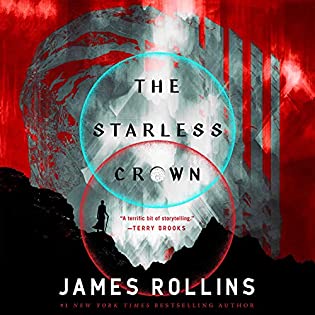 The Starless Crown (Moon Fall, #1) by
The Starless Crown (Moon Fall, #1) by 

 Current Giveaways:
Current Giveaways: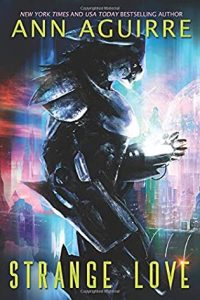 Blog Recap:
Blog Recap: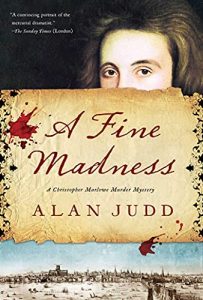 Coming This Week:
Coming This Week:








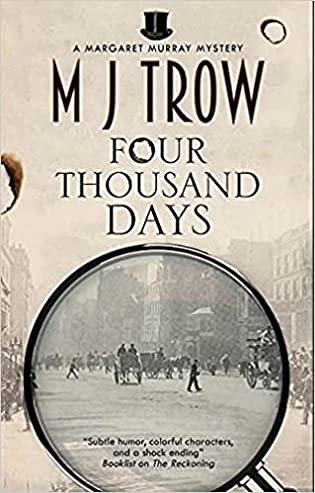 Four Thousand Days (Margaret Murray, #1) by
Four Thousand Days (Margaret Murray, #1) by 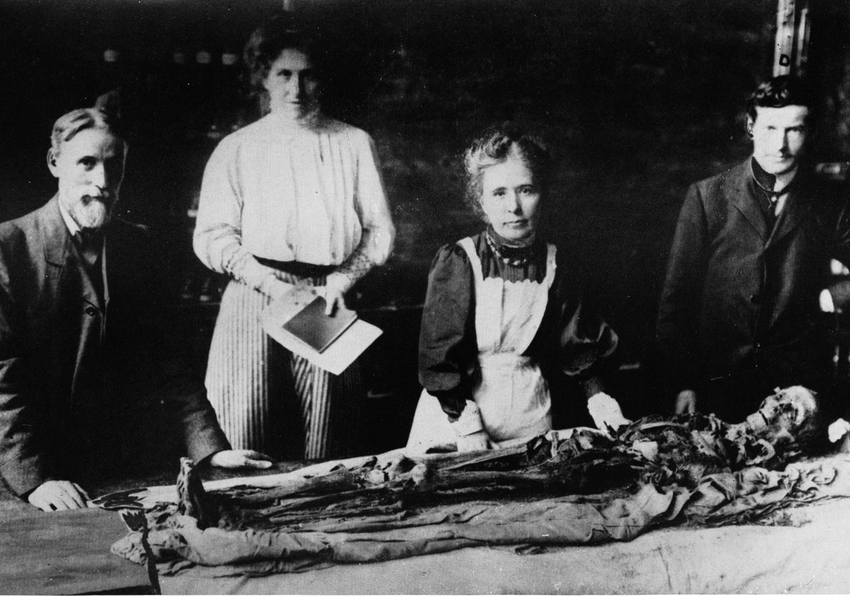
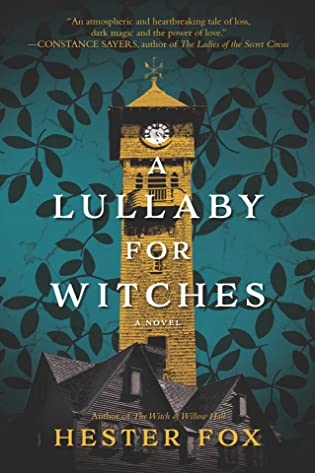 A Lullaby for Witches by
A Lullaby for Witches by 
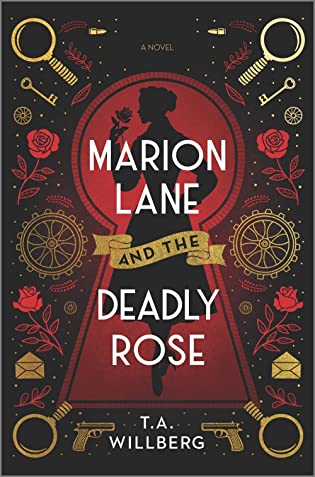 Marion Lane and the Deadly Rose by
Marion Lane and the Deadly Rose by 